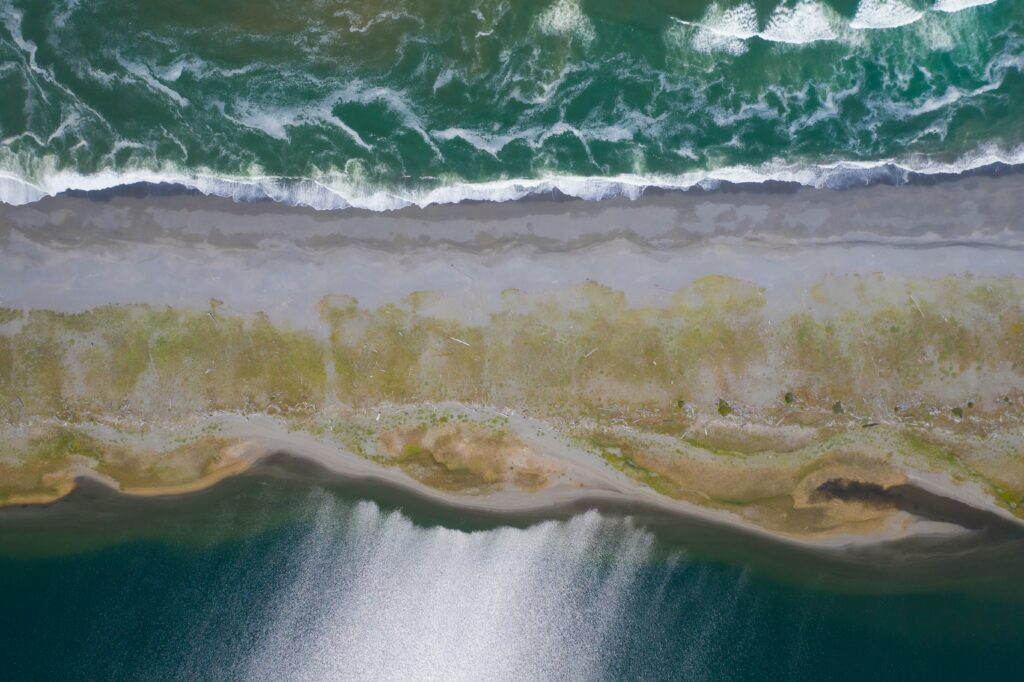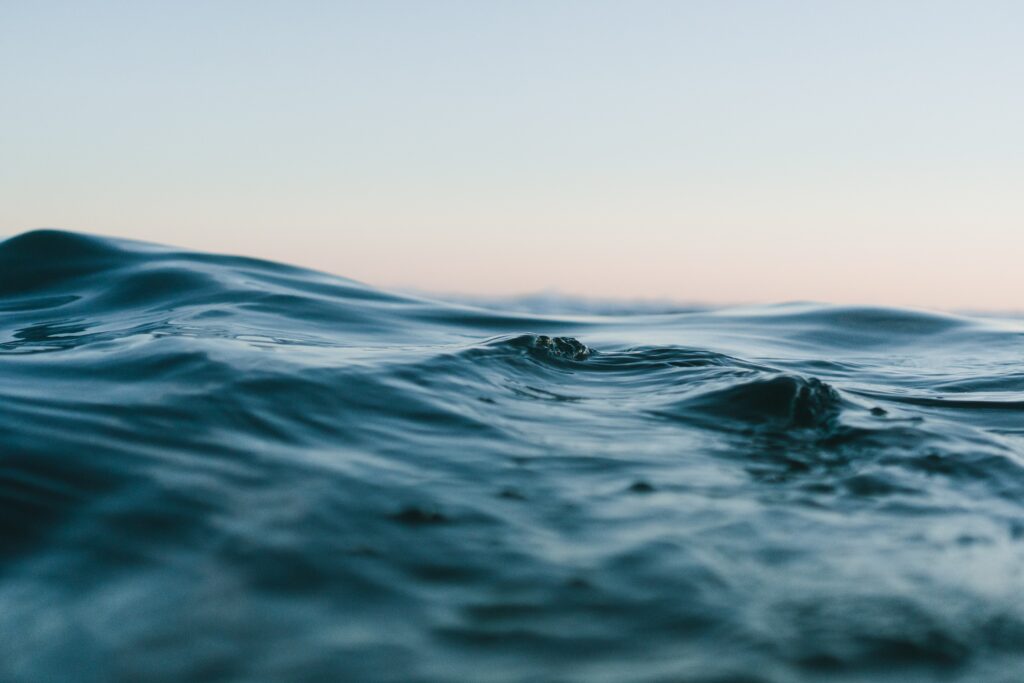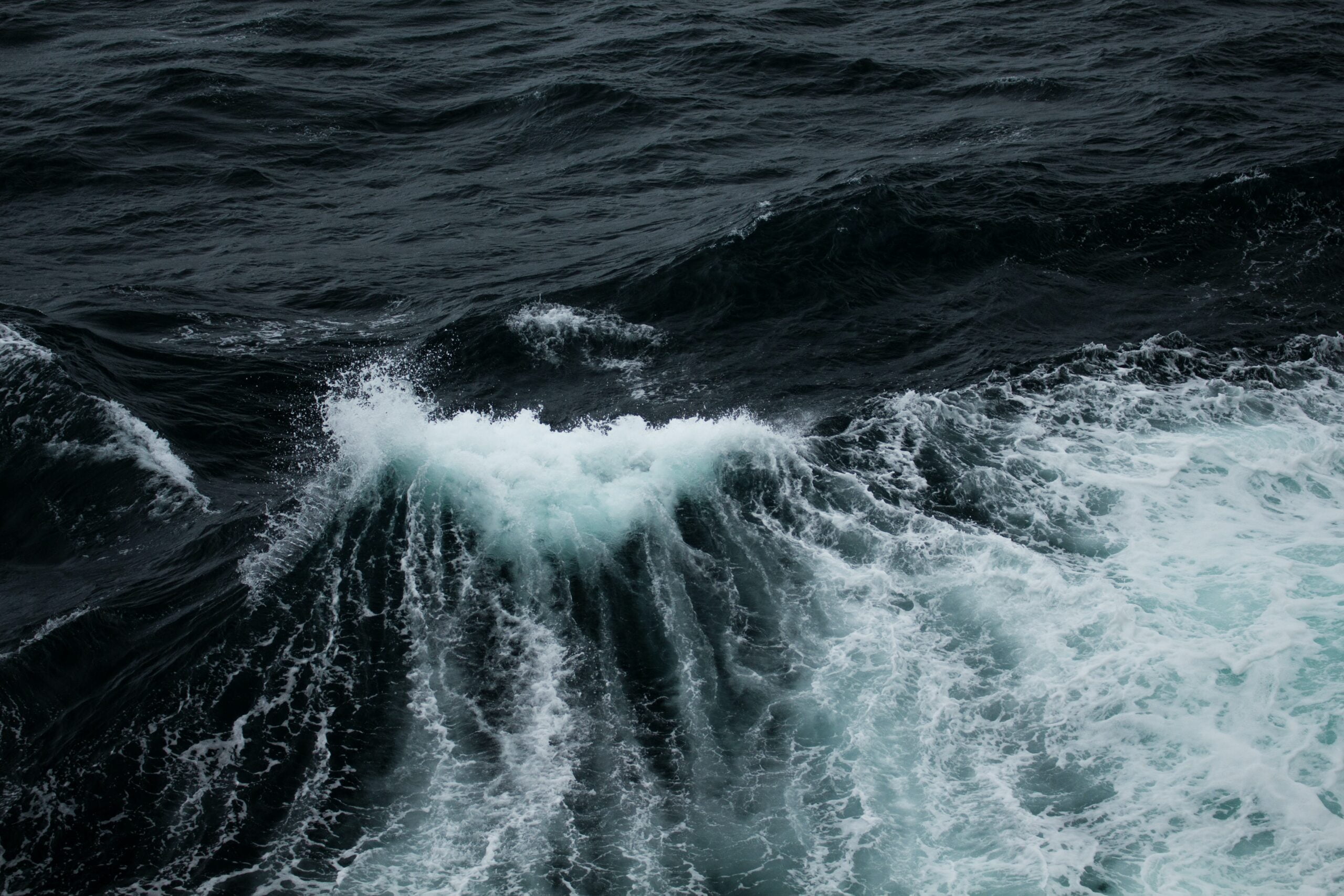The world's ice caps are cracking and melting. Climatologists warn that further reduction could cause devastating levels of sea level rise.
A recent study shows that the ice sheets of Greenland and Antarctica are melting at a rate consistent with the worst-case climate scenario predicted by scientists. Sea level rise is seriously endangering coastal communities where millions of people live.
In the study published in Nature Climate Change last week, the researchers compared satellite observations of ice melt at the poles with model calculations of the fifth evaluation report 2015 of the Intergovernmental Panel on Climate Change (IPCC).

The 2015 assessment report of the Intergovernmental Panel on Climate Change (IPCC) is widely considered the gold standard, because it brings together studies from all over the world.
The study in detail
From when satellite data recording began in the early 90s until 2017, Greenland and Antarctica have lost 6,4 trillion tons of ice. Consequently, the global sea levels have already increased by 0,7 inches (1,8 centimeters).
But the rate of ice loss has not remained constant - it has been accelerating in recent years.
0,5 inches (1,2 centimeters) of this sea level rise occurred in just 10 years, between 2007 and 2017. The rate observed over that period, the researchers found, lines up almost perfectly even with the worst-case scenario from the 2014 IPCC report.
We predicted that ice sheets would lose increasing amounts of ice in response to warming oceans and atmospheres. However, the rate at which they are melting has increased faster than we could have imagined
Tom Slater, lead author of the study and climate researcher at the Center for Polar Observation and Modeling at the University of Leeds
The worst climatic scenario
If ice loss continues at that rate, the 2014 report's climate models show that by 2100, melting ice from the two plates could raise sea level by another 6,7 inches (17 centimeters). This it would double the frequency of dangerous storm floods in many of the world's largest coastal cities and would expose another 16 million people to dangerous coastal flooding annually.
“It would be enough to double the frequency of storm surge flooding in many of the world's largest coastal cities,” he reiterated in a statement. Anna Hogg, co-author of the study and climate researcher at the School of Earth and Environment at the University of Leeds.
Why is sea level rise accelerating?
Until recently, the primary cause of global sea level rise has been thermal expansion (seawater expanding as it warms).
In the last five years, however, researchers say, melting ice has become the main cause of pushing up the world's oceans.
The new research follows an August study that found that the Antarctic ice sheet is becoming more prone to rapid breakup as meltwater seeps into its fractures. These are also expected impacts in the worst climate scenario.

Sea level rise: can still get worse
Sea level rise is already tracking worst-case climate scenario projections. For this reason, scientists fear that the situation could be or will soon become even more serious.
The climate models used to estimate sea level rise may need to be completely reinvented.
“The melting is outpacing the climate models we use to guide us,” Slater says. And he's right.
We risk being unprepared for the risks posed by rising sea levels. Or to adopt solutions that seem gigantic to us today.


